30 Awesome Shark Questions Answered
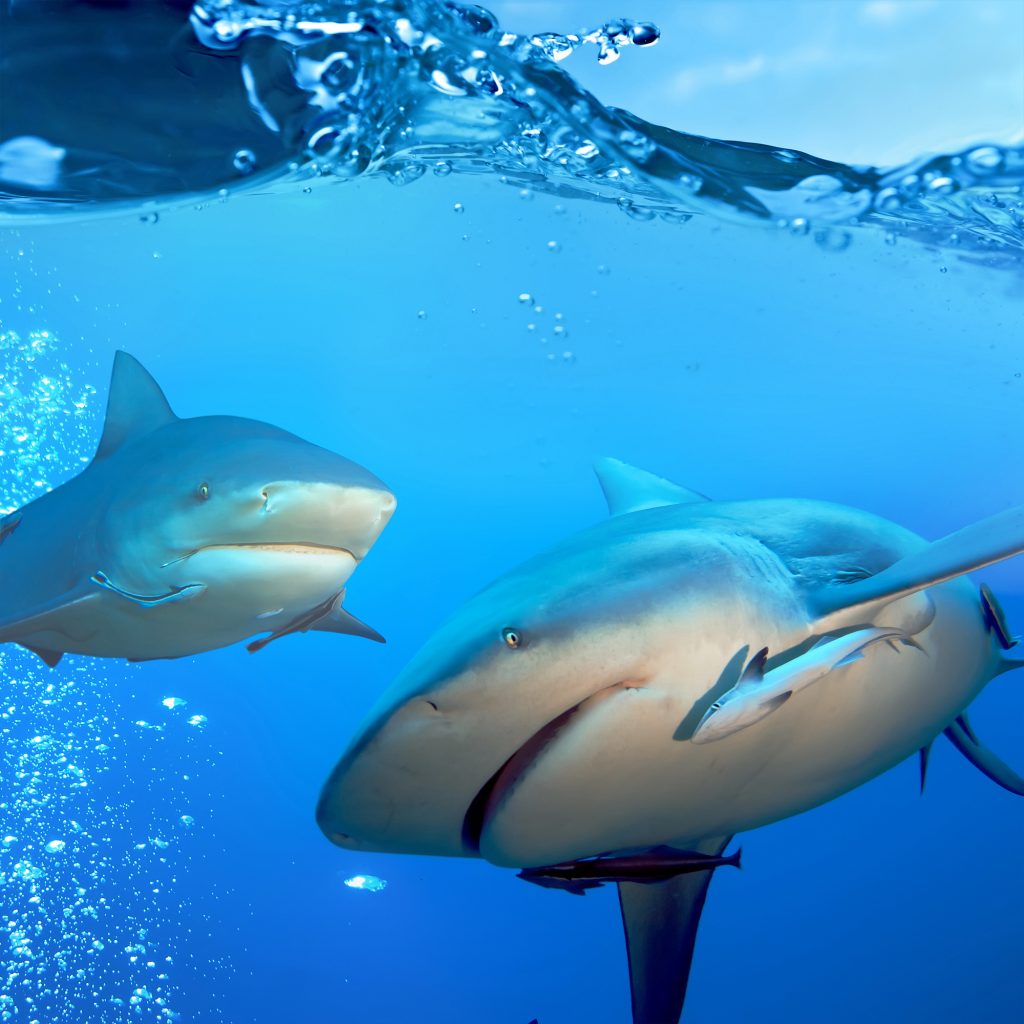
Whether you’re researching sharks for a project or you just want more information about these intelligent and beautiful creatures, we’ve got you covered with our rundown of some of the most awesome shark questions and their answers.
You may just find out some facts you never knew before and come to realize how misunderstood sharks really are.
1. When were sharks first discovered?
Evidence gathered from fossilized shark scales found in Siberia and Mongolia date back 420 million years ago to the Silurian Period. The oldest shark teeth were found in Europe, and they date from the Devonian Period, about 400 million years ago.
2. How many species of shark are there?
The actual figure is still increasing, but there are over 440 species of sharks today. New species of sharks, skates or rays are still being identified almost every other week. Sharks belong to the superorder selachimorpha.
3. What’s the largest shark species?
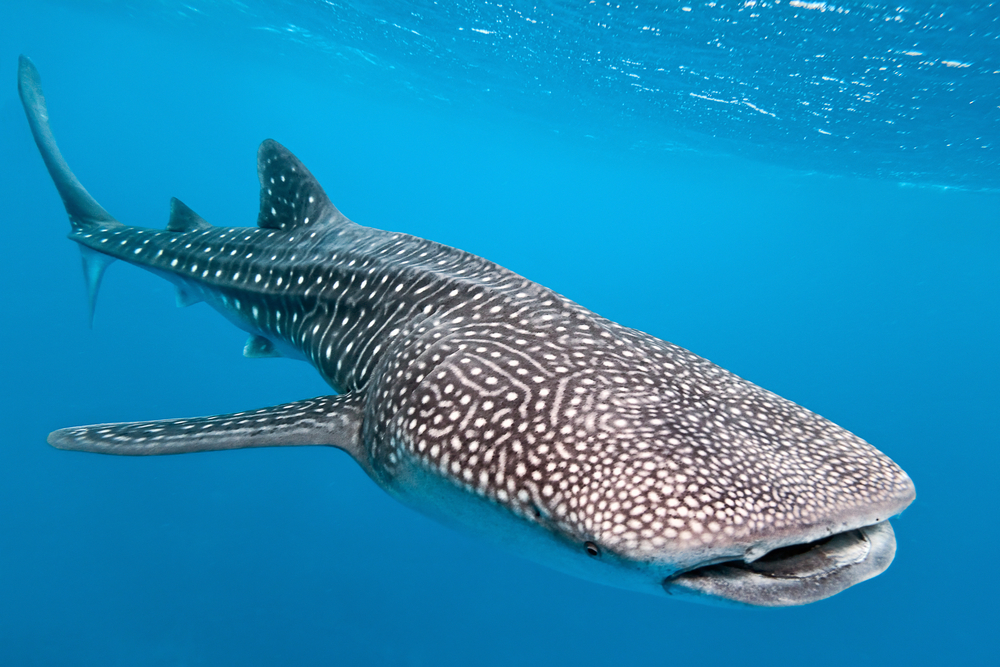
The whale shark is the largest shark, and also the largest fish. Adult whale sharks can grow to over 20 meters (66 feet). Only whales are larger the whale shark.
4. Is a shark a mammal?
Sharks are not mammals but a species of fish.
5. What’s the smallest species of shark?
A rarely seen deepwater dogfish shark called the dwarf lanternshark (etmopterus perryi). It’s found in the Caribbean Sea and grows to a maximum length of no larger than 20 centimeters (7.8 inches).
6. How do you calculate the age of a shark?
Calculating the age of a shark is difficult and imprecise. Researchers have used different methods to arrive at figures that were mere estimates at best. Some of these methods include establishing size:age ratio, counting the rings on the otolith, counting vertebrae rings, etc. In the case of vertebrae rings, for instance, it was later discovered that the rate at which new rings form on the shark vertebrae slow down as the shark matures meaning this method is no longer reliable.
Another option is radiocarbon testing which seems to be the most accurate so far.
7. What is the life expectancy for sharks?
Most will live for between 20 and 30 years with a few exceptions. The whale shark is believed to live up to 100 years and the Greenland shark about 400 years.
8. What’s the name for sharks that live in the deepest parts of the ocean?
Benthic sharks. The Angleshark, Wobbegong and Zebra Horn Shark belong in this group.
9. The World’s fastest shark?
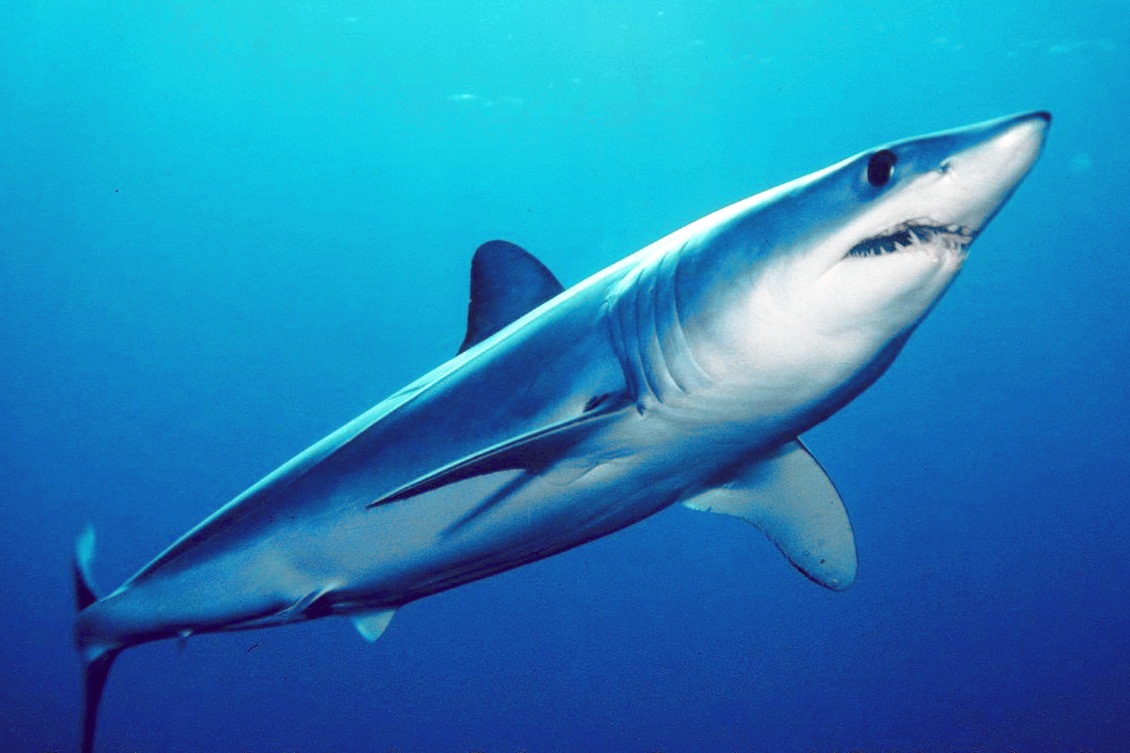
The shortfin Mako shark. It can reach speeds of up to 32km/h (20mph), and it hunts fast moving fish like tuna.
10. The slowest shark?
The Greenland shark is the slowest shark for its size. They move at 0.34m/s (less than 1mph) and will exhibit short bursts of speed reaching 0.7m/s (1.6mph) when they are chasing prey.
11. Does a shark’s skin improve its swimming speed?
Just like other fish, shark skin is covered with scales but the scales are made from hard, bony tissue called dentine. The scales look like tiny teeth, and each one creates a small vortex on its trailing edge as the shark swims through water greatly reducing drag.
12. Do sharks have bony skeletons?
Sharks do not have bony skeletons. They belong to a group of fish known as elasmobranch. Such fish have lighter, flexible cartilage in their skeleton rather than bone. Shark muscles are attached directly to the inside of their tough skin.
13. How many teeth will a shark grow in its lifetime?
Sharks have “disposable” teeth. Their teeth are attached to the skin rather than the jaw and are constantly being replaced. A great white, for instance, can change about 50,000 teeth in its lifetime. New teeth come from the back of the mouth to replace old ones like a moving factory production line or airport conveyor belt.
14. Can sharks hear?
Yes. You won’t see an ear on the outside, but they have a small opening on either side of their heads that leads to an inner ear. Their hearing is tuned to a lower frequency than humans, and it’s so acute that they can hear fish struggling for miles around them.
15. How and when do sharks sleep?
The sleeping pattern of sharks varies from one species to the other. Some rest on the seabed, but their eyes will follow the movements of nearby swimmers. Others display the characteristics of unihemispheric slow-wave sleep and will rest half of their brain at a time, just like dolphins. Yet others sleep while swimming like the spiny dogfish that uses its spine to co-ordinate swimming. This trait allows it to sleep comfortably while moving through water.
16. What are some of the most endangered shark species?
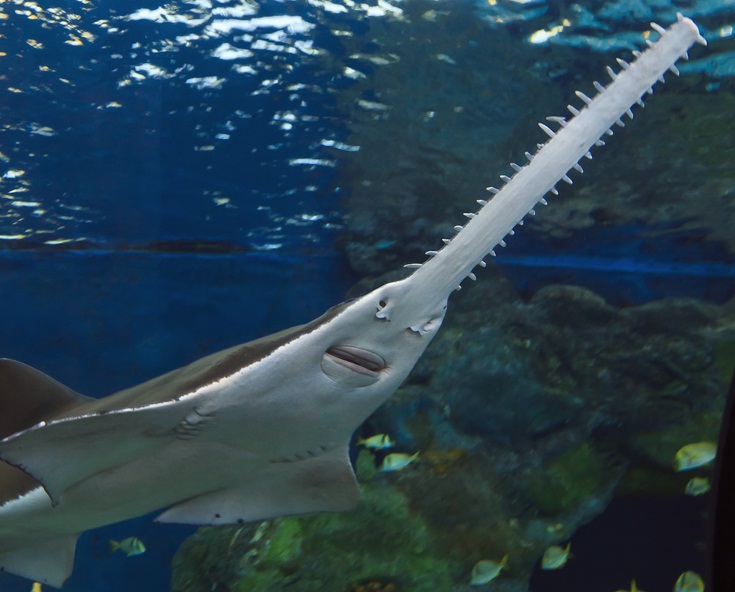
The pondicherry shark, basking shark, scalloped hammerhead, the large sawfish, and the common sawfish are just a few of the most endangered sharks today. The snouts of the sawfish gets them easily entangled in fishing nets.
17. How do sharks stay afloat?
Unlike other fish, that have gas-filled swim bladders, sharks have huge oil-filled livers instead. This oil is known as shark liver oil or squalene and gives the shark some buoyancy. Additional buoyancy is supplied by the dynamic lift from the shark’s fins as it swims.
18. Are there any sharks that glow in the dark?
Yes. This property is called bioluminescence and is primarily used to lure prey. Species like the lanternsharks and the cookie cutter shark exhibit it. The cookie cutter shark is the brightest. The photophores are on its entire stomach region.
19. Is it true that sharks can smell blood from miles away?
Over 60 percent of their brain is dedicated to their olfactory lobes. Their brain can interpret stimuli in the water letting the shark know the distance and nature of potential prey. Open-water species like the great white can sense blood at concentrations of one part per million. And they are even more stimulated by the smell of fish guts.
20. How powerful are shark jaws?
An adult bull shark can bite with a force up to 6,000 N (1,350 psi). A grown great white can exert over 18,000 N (4,000 psi) of force with a single bite. That’s about twice the force of the largest alligators, which currently hold the record for the strongest bite of land animals.
The now extinct Megalodon shark had a bite force of about 108,000 N (24,000 psi) which easily dwarfs that of the T-Rex!
21. How do sharks attack prey?
The majority of sharks are filter feeders or feed on small fish and crustaceans on the seabed. The ambush predators like the aggressive tiger, bull and great white sharks tend to swim close to the water surface. They hunt mostly at dawn or dusk, in poor light since their bright colored bellies will make them harder to spot by fish swimming underneath them.
To protect their eyes, some species of shark have an additional, transparent membrane called a nictitating membrane that shields their eyes from prey. Sharks that don’t have this extra eyelid (e.g. the great white) will roll their eyes back in their sockets immediately before striking, to protect them.
Sharks will sometimes use a hit-and-run technique, take a single bite out of the prey and leave them to bleed to death before returning to consume it.
22. How many human fatalities are caused by sharks each year?
Over the last decade, less than five people are killed by sharks annually.
23. How many sharks do human beings kill a year?
Approximately 100 million sharks every year for things like shark fin soup in parts of Asia, medicine, pet supplements, cosmetics, etc. In Victoria, Australia, shark flesh is the most popular fish used in fish and chip shops.
24. Do sharks cannibalize other sharks?
The great white, tiger shark and mako shark will sometimes eat smaller shark species in addition to their normal diet of tuna, seals, sea lions, and dolphins. Rays are closely related to sharks, yet they are the favorite meal of hammerhead sharks.
25. Are there animals that prey on sharks?

Orca (killer whales) can attack and kill great white sharks. Also, sperm whales may occasionally kill sharks. Such attacks are rare though, and for now, sharks maintain their spot at the top of the food chain.
26. What are some strange items found inside shark stomachs?
Sharks have their preferred diet, but the tiger shark is an indiscriminate feeder. Here are some of the weirdest objects found in the stomachs of tiger sharks; a rubber tire, female pajamas, a bag of potatoes, a dog, a can of Spam, coal, parts of a crocodile, shoes, and a roll of chicken wire.
27. Where are the shark attack “hotspots” worldwide?
Shark attacks can occur anywhere around the globe, and from 1580 to 2010 there were 2,320 recorded shark attack incidents worldwide. More recent records taken over a ten year period from 2007 to 2016 show the world’s top 5 shark attack hotspots as follows; Florida (244), Australia (139), Hawaii (65), South Africa (41), and South Carolina (39).
28. How true is it that sharks don’t get cancer?
Sharks can get cancer, but the effect is reduced due to a compound in their cartilage that inhibits the formation of new blood cells to tumors. Starved of blood, the tumors will not grow. This compound is called an “angiogenin inhibitor.”
29. Are sharks solitary or social animals?
Sharks are generally social, and even the solitary ones will come together to feed or breed. The scalloped hammerhead, for instance, commonly form groups of up to 100 individuals.
30. Most poisonous shark?
The flesh of the Greenland shark is toxic when fresh due to its very high concentration of urea and trimethylamine oxide (TMAO).

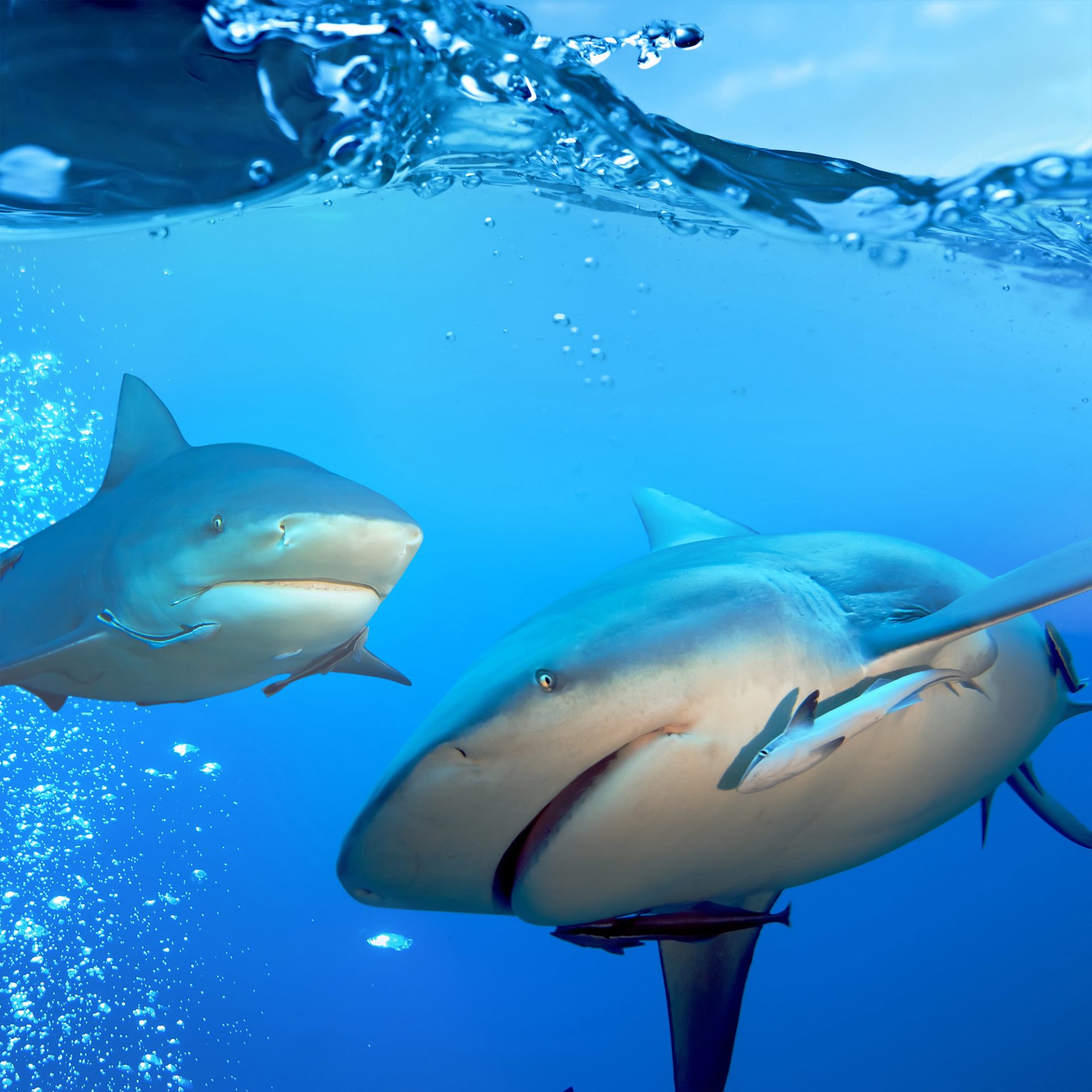


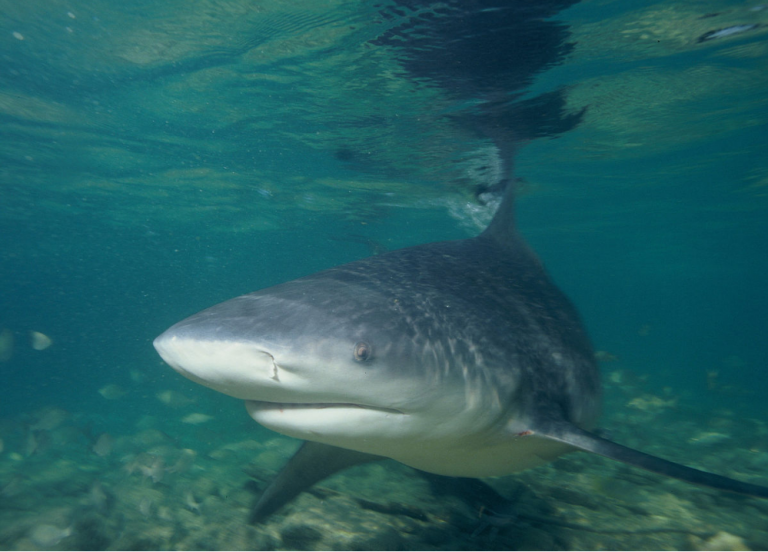
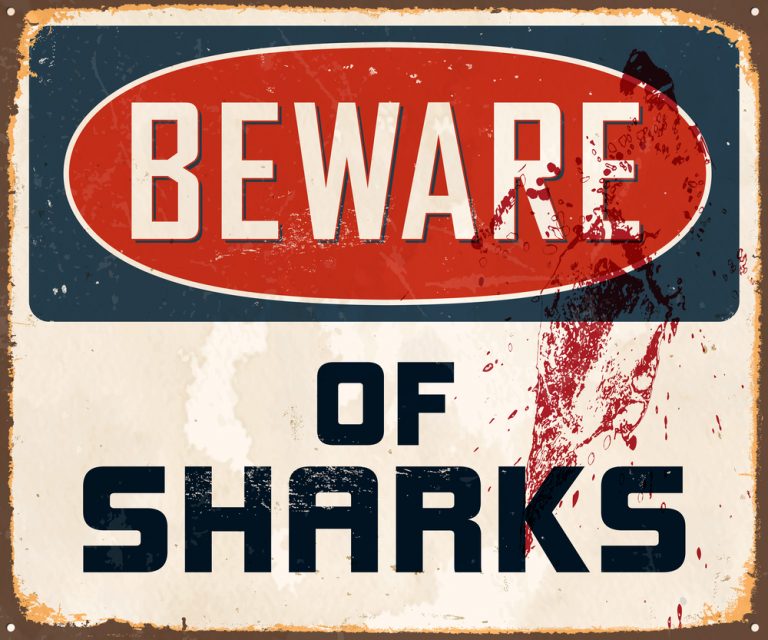

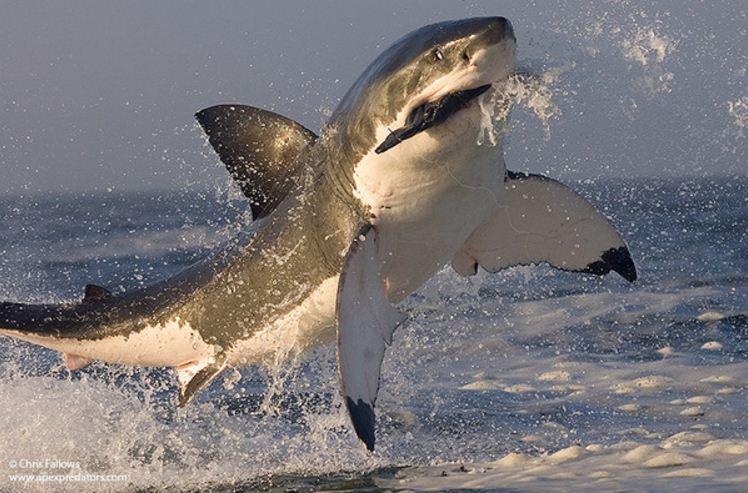
These are all really cool fact and something I thought I would never learn something like this because it been so long since I decided to learn something like this.